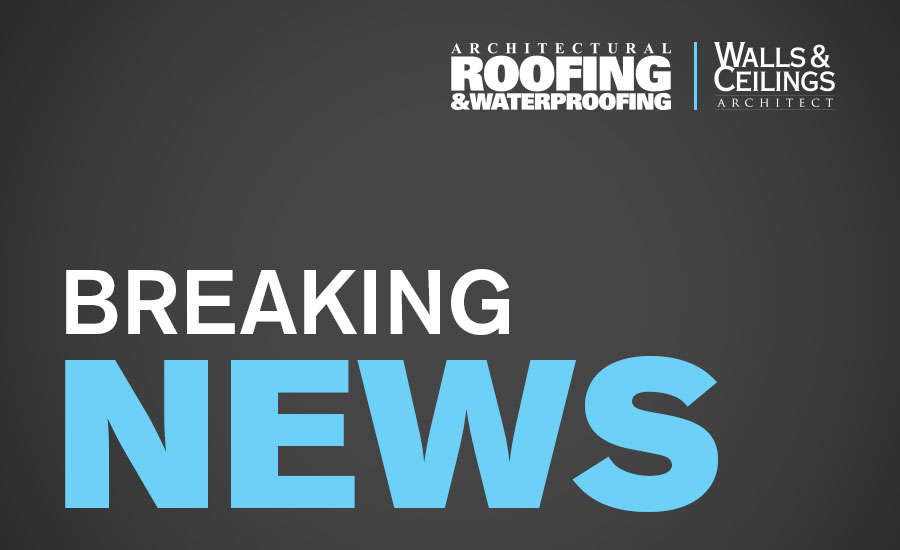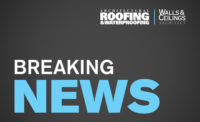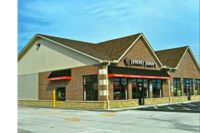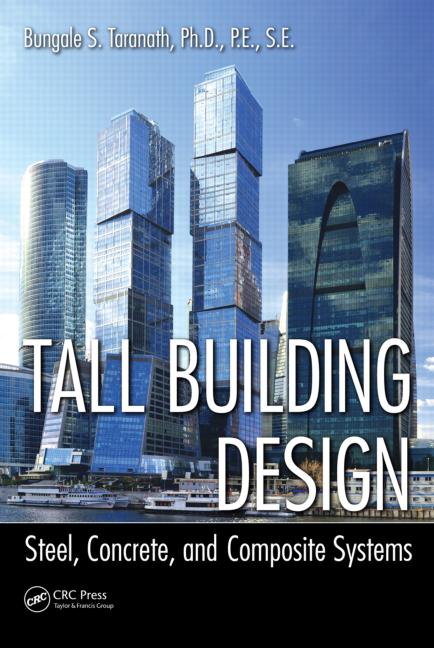Tilt-Up Concrete Association Launches Initiative to Update Wind Bracing Guideline

MT. VERNON, Iowa — The Tilt-Up Concrete Association (TCA) – a non-profit international organization that serves to expand and improve the use of Tilt-Up as the preferred construction method – has launched an initiative to review and update its “Guideline for Temporary Wind Bracing of Tilt-Up Concrete Panels during Construction.”
First released in 1994 and then updated in 1998 and 2005, the Association recognized the need for an update to this vital piece of literature. Since 2005, the prevalence of ground anchoring systems (sometimes referred to as helical anchors) has become more common in the Tilt-Up industry as a cost-effective solution for bracing panels. The updated guideline will include discussion of proper uses and specification of such ground anchoring systems.
Additionally, the updated guideline will improve upon the methodology for evaluating the proper floor slab thickness for brace anchorage. While the previous guidelines provided a formula for determining the thickness of the floor slab, the new guideline will further explore the shear and flexural stresses imposed on the slab-on-grade when used as the brace anchorage. The guideline will also be updated to reflect the requirements of the most current ASCE 7 document, which is ASCE 7-10.
This effort will be led by Scott Collins, assistant chief engineer at Meadow Burke and Richard Lindstrom, director of engineering at Dayton Superior, who will serve as the co-authors of the guidelines. The update will be published later this year.
For more information, visit www.tilt-up.org.
Looking for a reprint of this article?
From high-res PDFs to custom plaques, order your copy today!






